The Challenge of Photographing a Balloon Glow
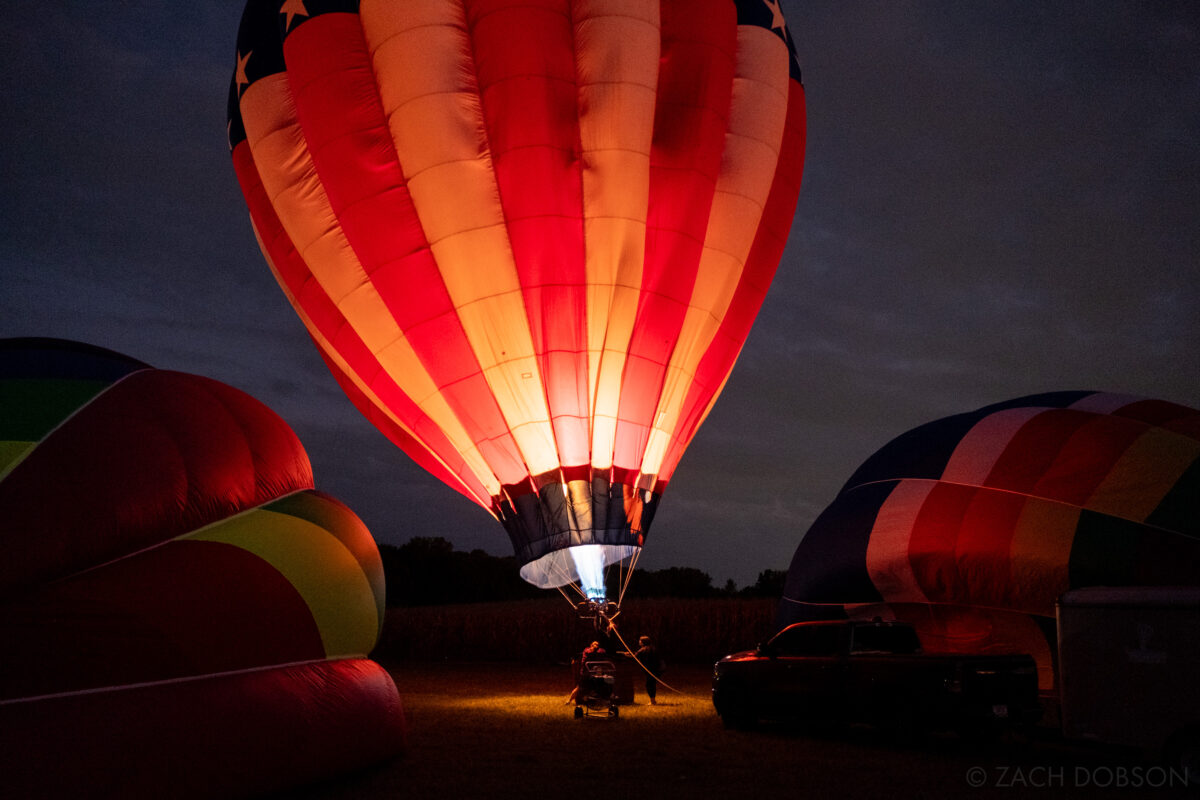
Last week I was invited to the Jupiter Flights Balloon Festival at Conner Prairie.
I’d photographed one balloon glow in my photography career, but it was 12 years ago (see photo below), so I was ready for a second one!
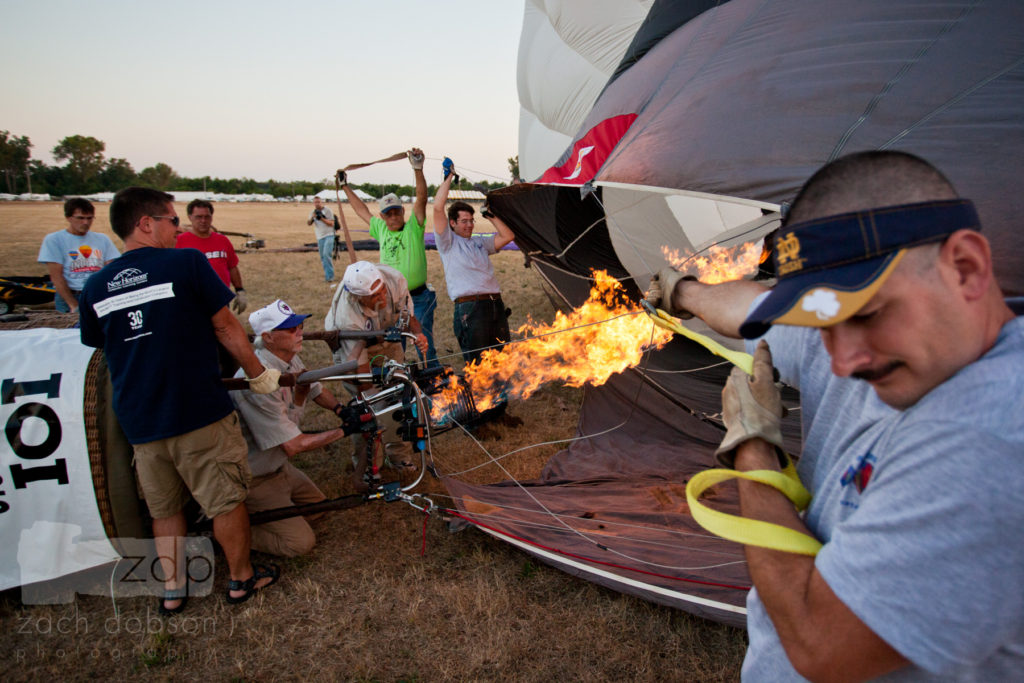
Photographing a Balloon Glow on Film
In fact, I was so excited for the bright colors that I’d be able to photograph, that I opted to also shoot this on film.
That all sounds well and good until I tell you these next two things…
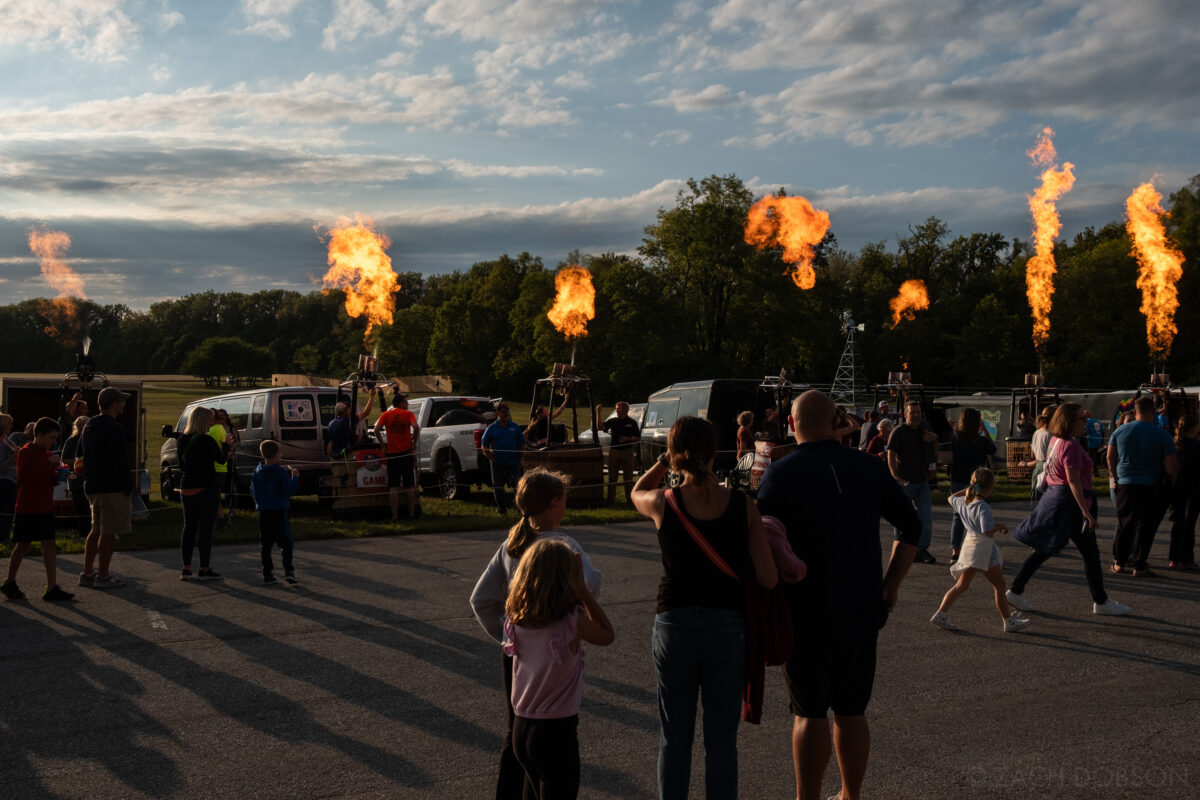
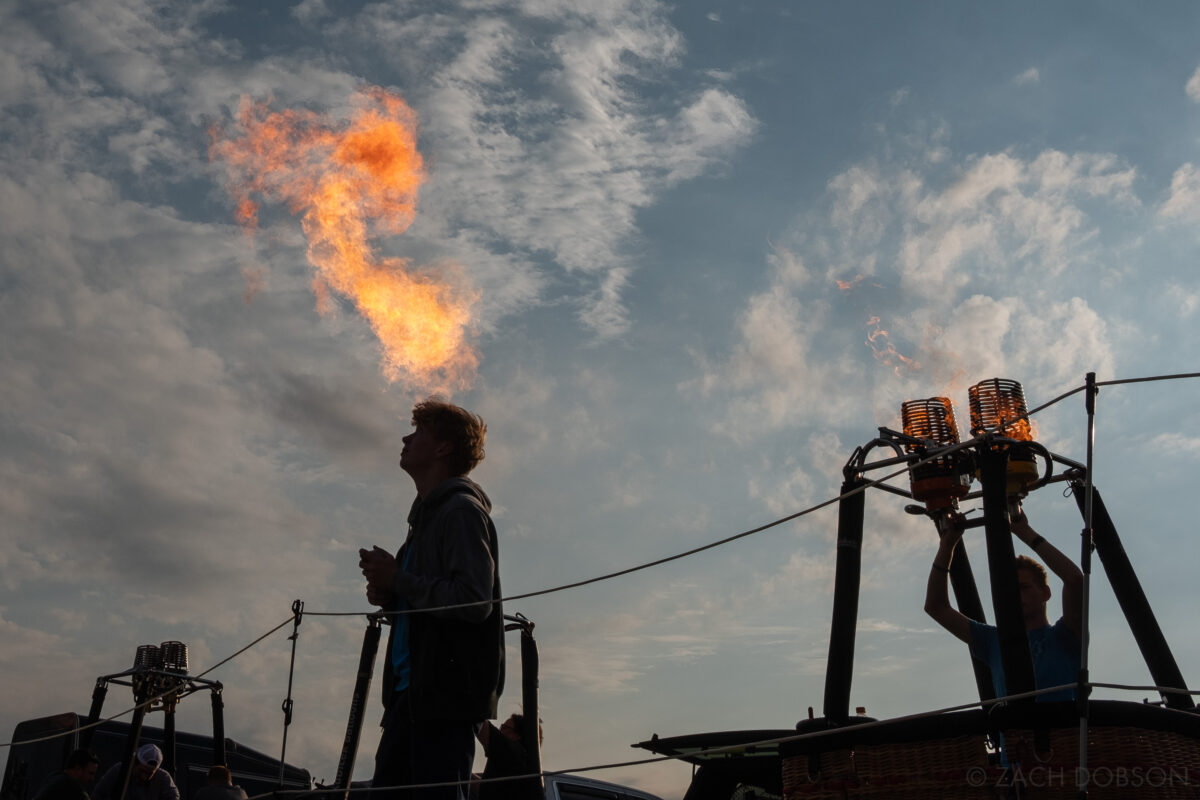
First, I hadn’t shot film in 20 years.
I only had 3 rolls and a vintage, fully mechanical camera as a part of a project I’m doing with Roberts Camera. So it’s already going to be pretty challenging.
Secondly, I completely forgot exactly how difficult a ballon glow is to photograph! On digital.
When we see photos of hot air balloons, the images always depict a field of softly glowing hot air balloons. Easy enough right? Wrong.
The reality is totally different.
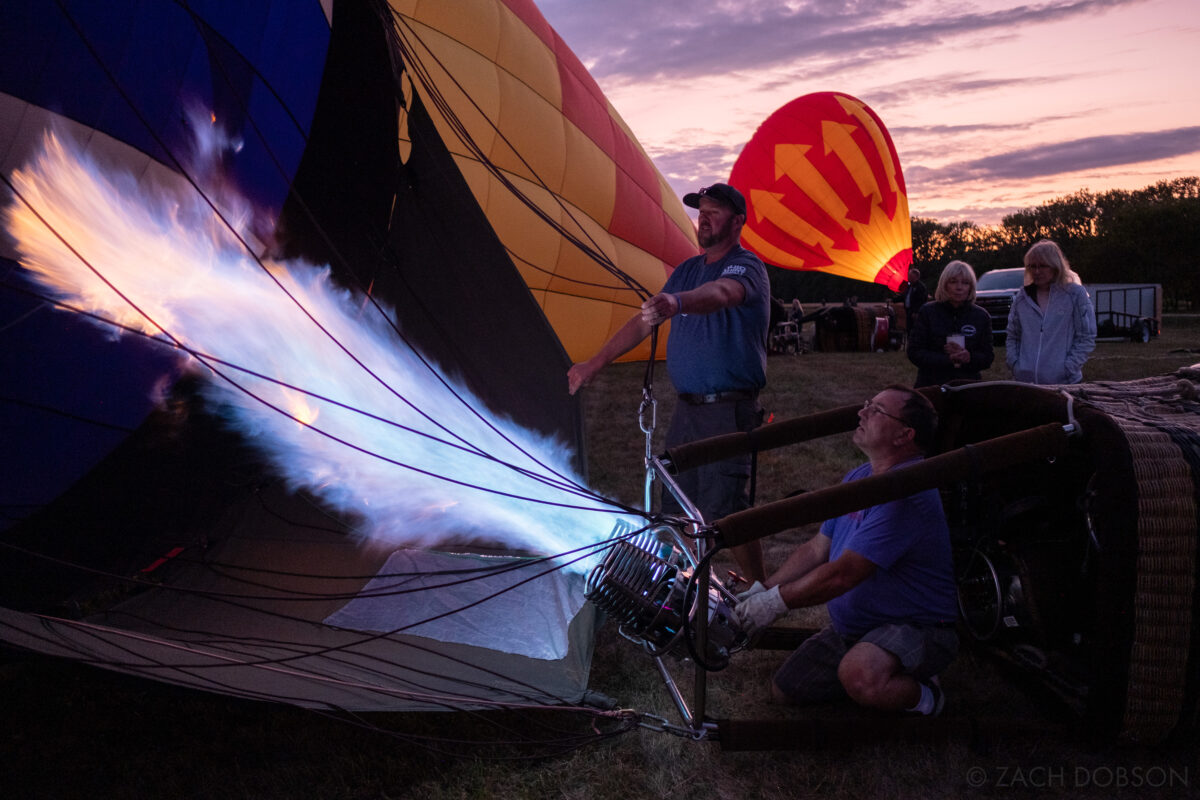
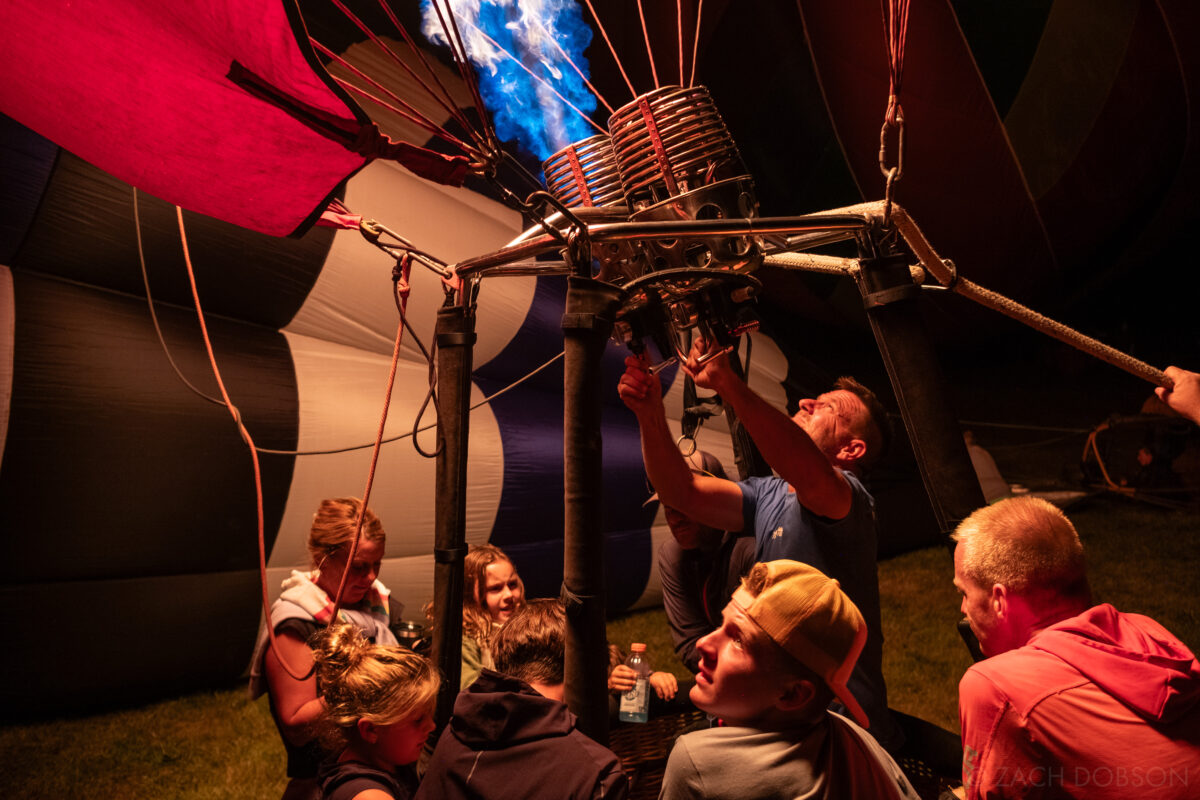
Why a Balloon Glow is Difficult to Photograph
The hot air balloon flames only flicker for a couple seconds here and there to keep the balloon full.
If they were on the full time, it would take off. But balloon glows happen on the ground! Most of the time the light is just random flickering here and there.
And then every so often an announcer will say, “Everybody glow on 3, 2, 1… glow!” And all the balloons will fire up for about 5 seconds. So you have that 5 seconds to get your shot.
Even more challenging is that the lighting changes several stops in a fraction of a second. As the flames intensify and fade quickly, it is easy to have some images be way too bright and others way too dark just a split second apart.
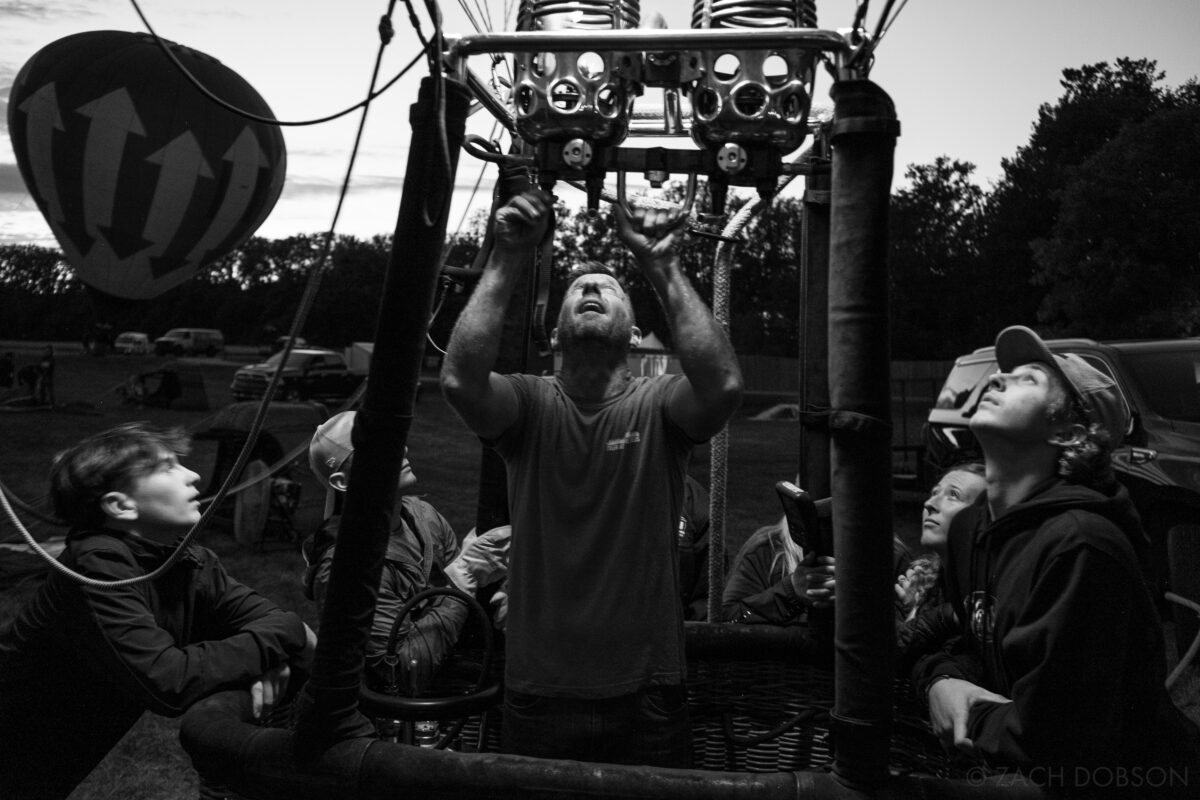
This day also ended up being a bit windy, so all the balloons didn’t even attempt to inflate. And some of the larger ones who tried had to bail after a short time.
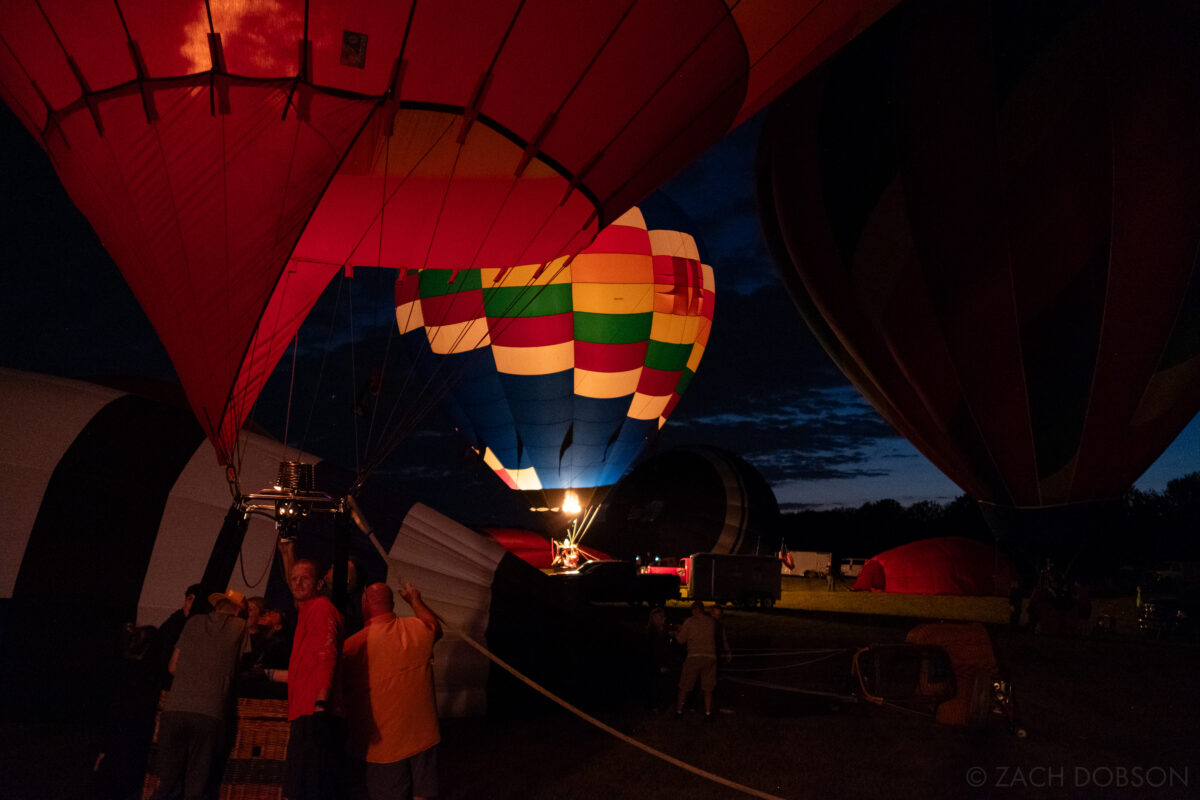
Solutions for Getting Good Photos at a Balloon Glow
If you’re heading out to photograph a balloon glow, my first suggestion is to shoot digital. You’ll get instant feedback on results, and you can take a dozen photos in a second, which greatly increases the odds of getting a good one.
I did, of course also have my digital camera there, and that’s what I used for most of my photos.
If you’re committed to the idea of shooting on film, a camera with automatic modes like aperture priority would go a long way. I was using a fully mechanical Nikon FM2 with a manual focus Nikkon 35mm f/2 lens and it presented a big challenge considering how quickly I had to adjust my settings.
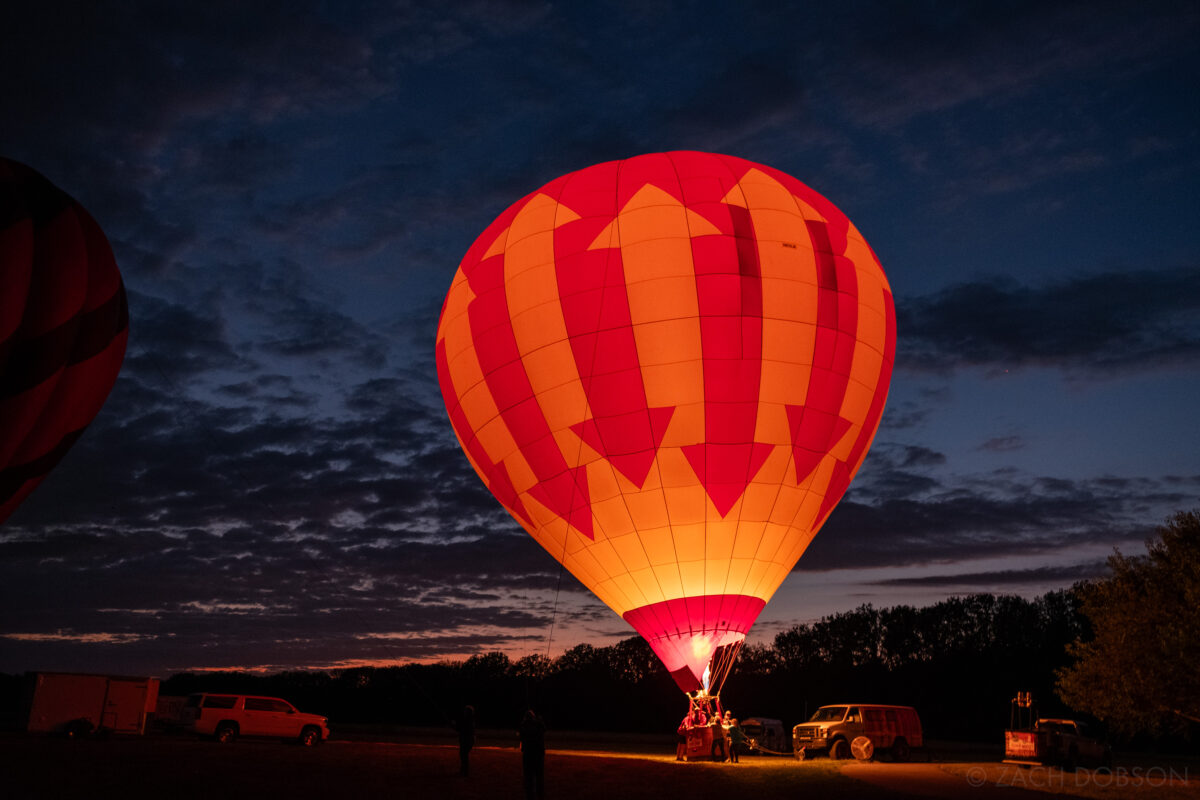
Film Results
Up until this point, everything in this blog post has been digital photos. I did get a few nice shots on film and considering I only had 1 roll to shoot that night, I’ll take it.
Keep scrolling to see a few selects. I used CineStill 800T. These are scans I got back from Roberts with little to no color adjustments. I’m going to try some different scan techniques and whatnot to see what else I can do with them.
Let me know what you think in the comments. Have you shot a balloon glow before? Tell us about it!
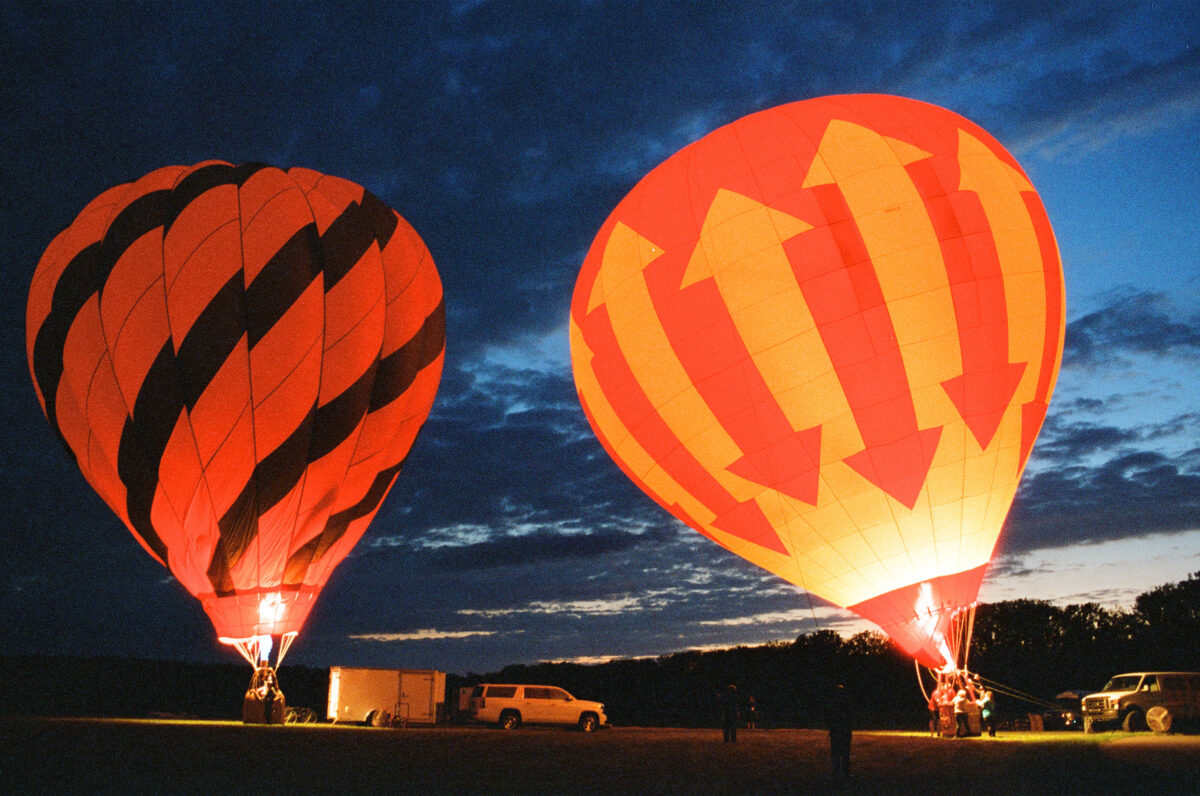
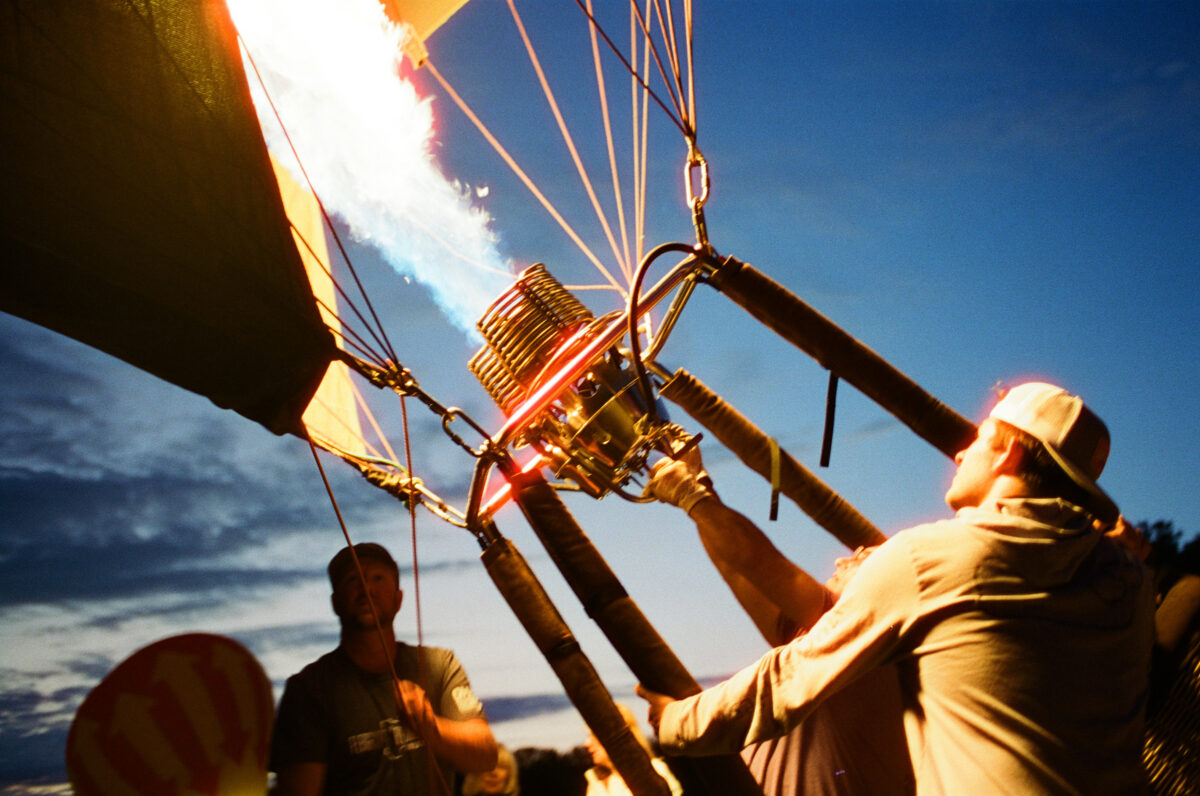
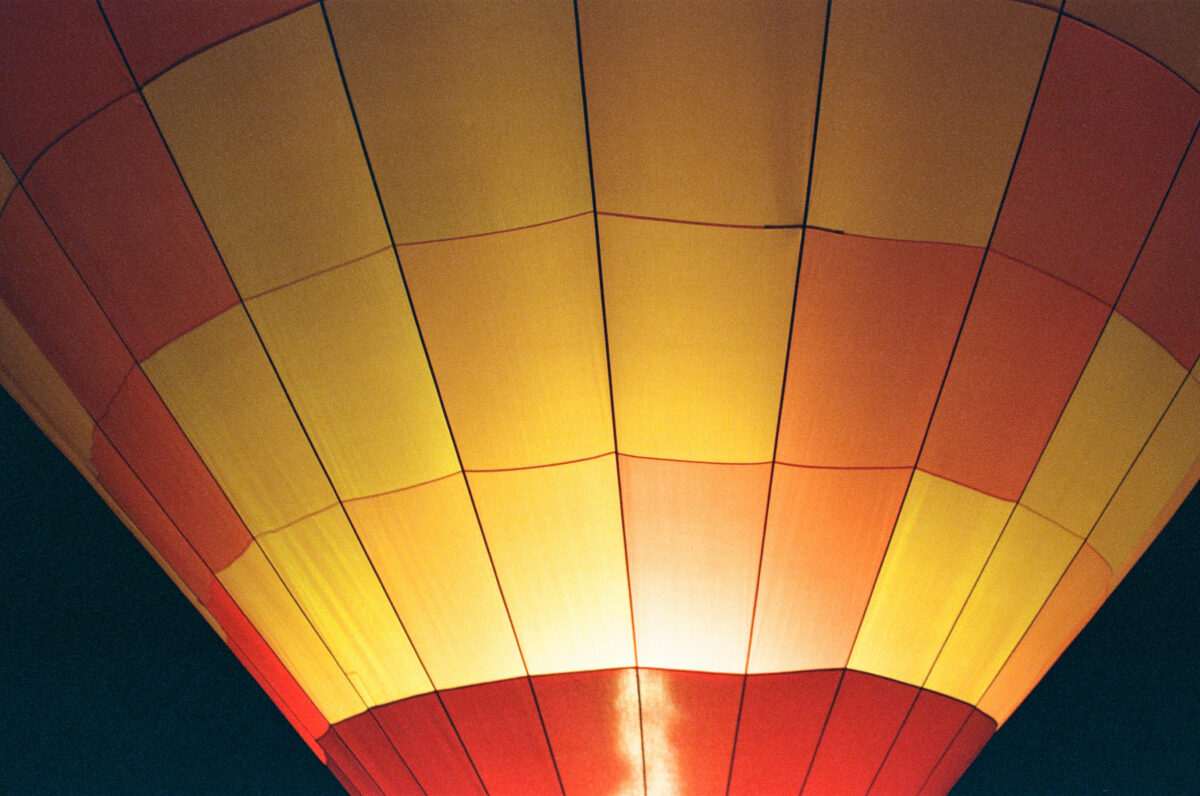
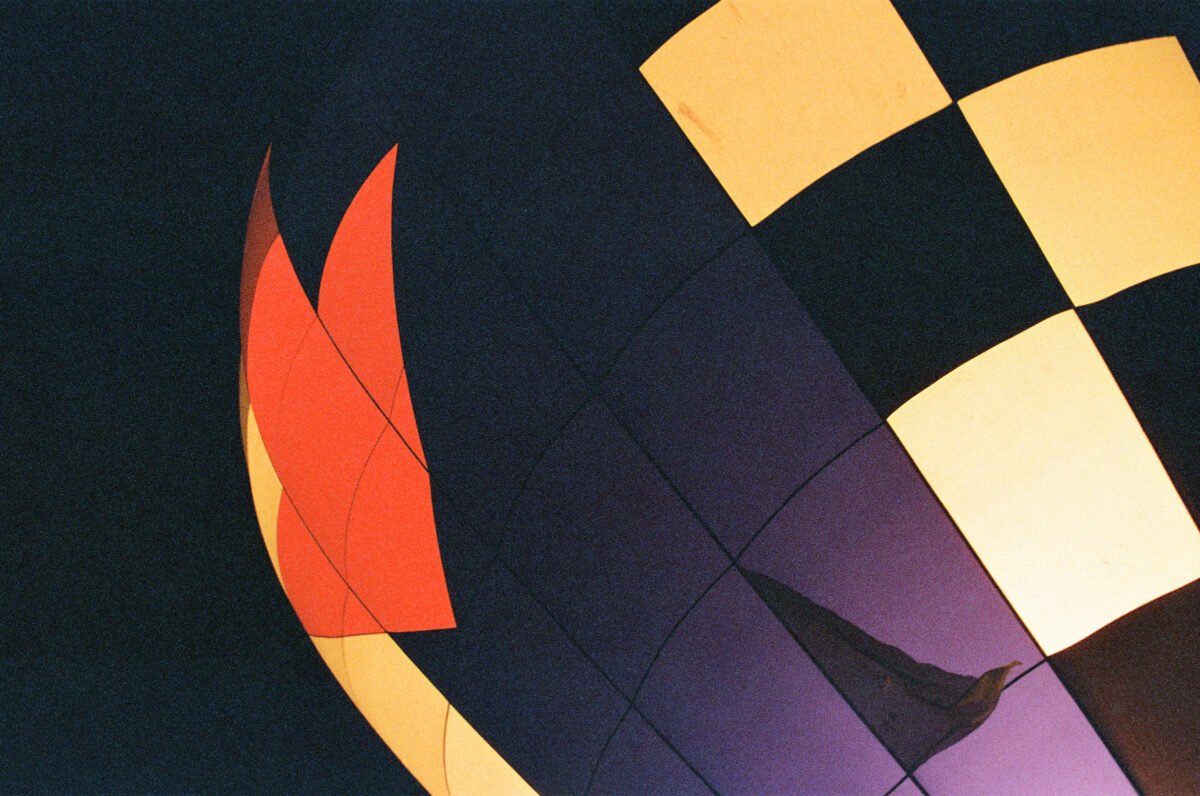
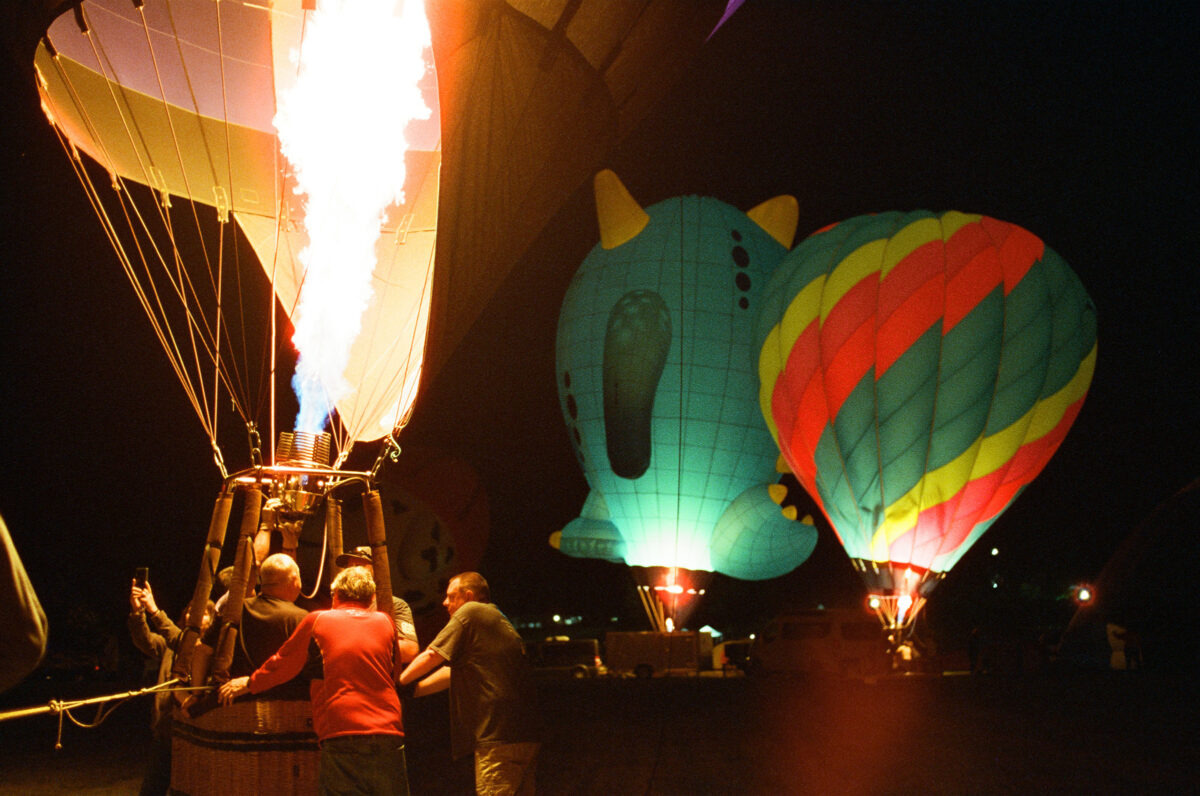
Related Posts
For more bright colors and fun, check out my post on my Indiana Fair Project.

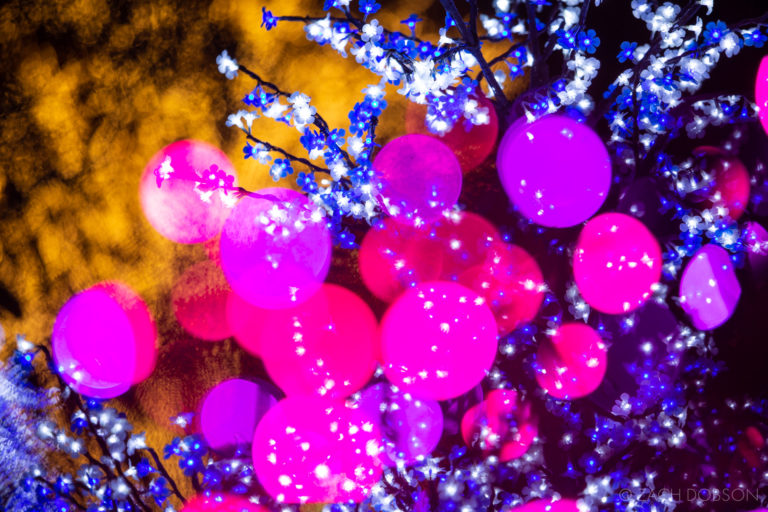
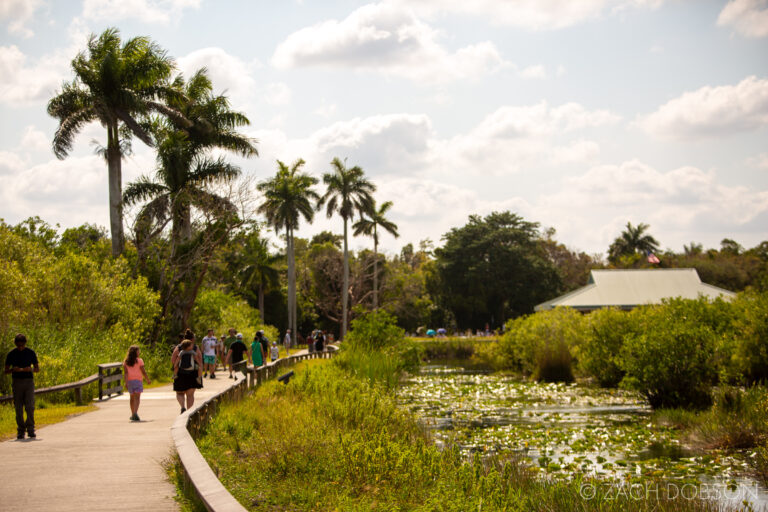
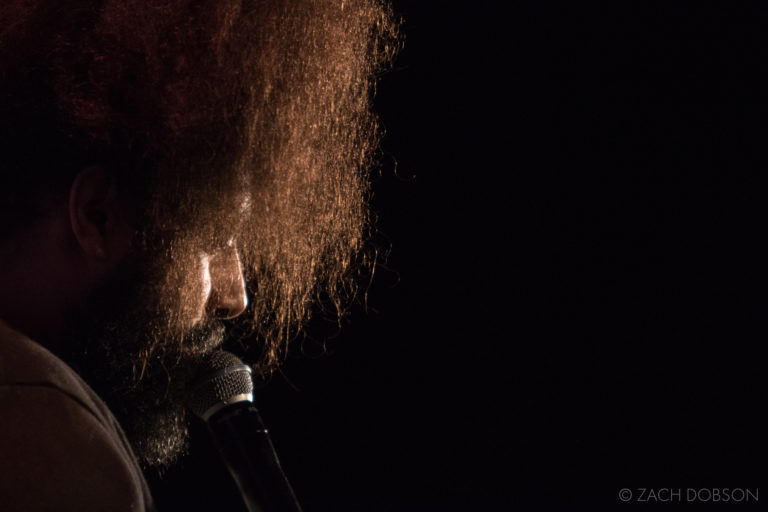
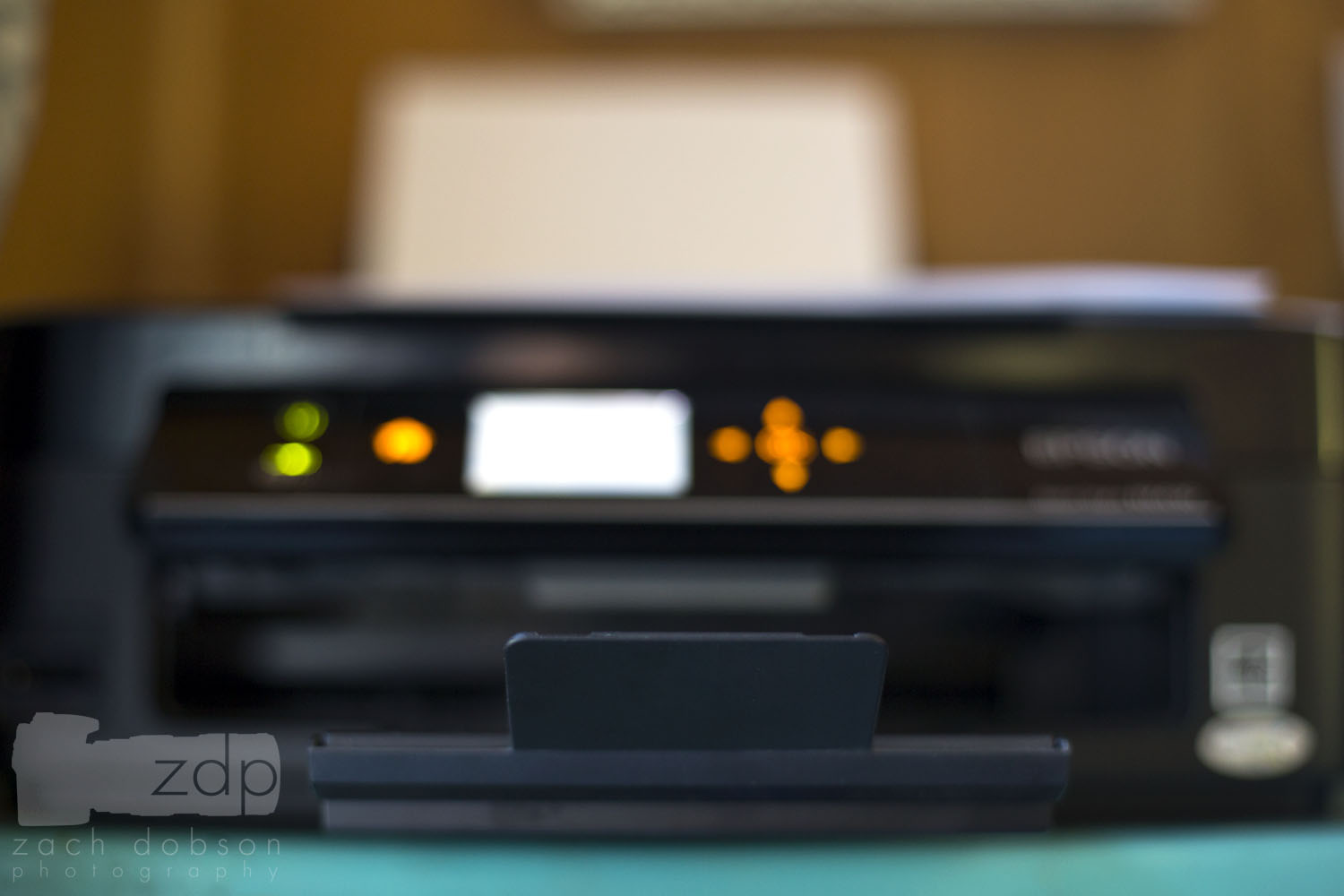
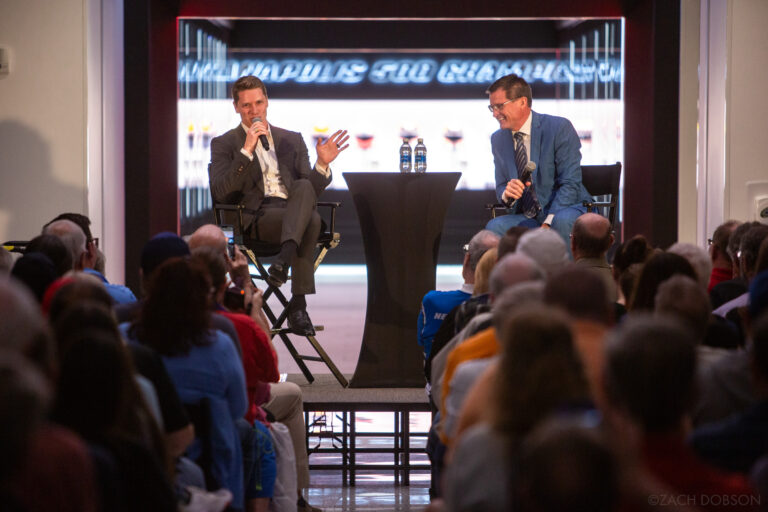

For what it’s worth, I think the film photos came out very prettily. Moderate grain, of course, being 800-speed film, but I think you must’ve juggled dials and settings pretty capably!
Ha! Thanks, Colin! I do like to juggle those dials. Looking forward to showing the other film stuff I shot here soon. It was an interesting experience for sure!